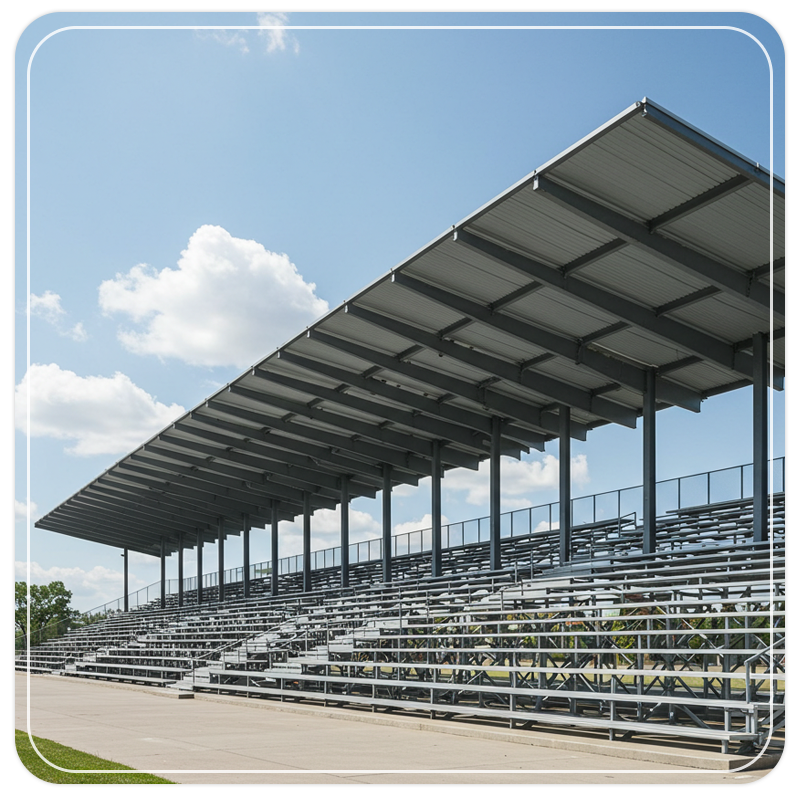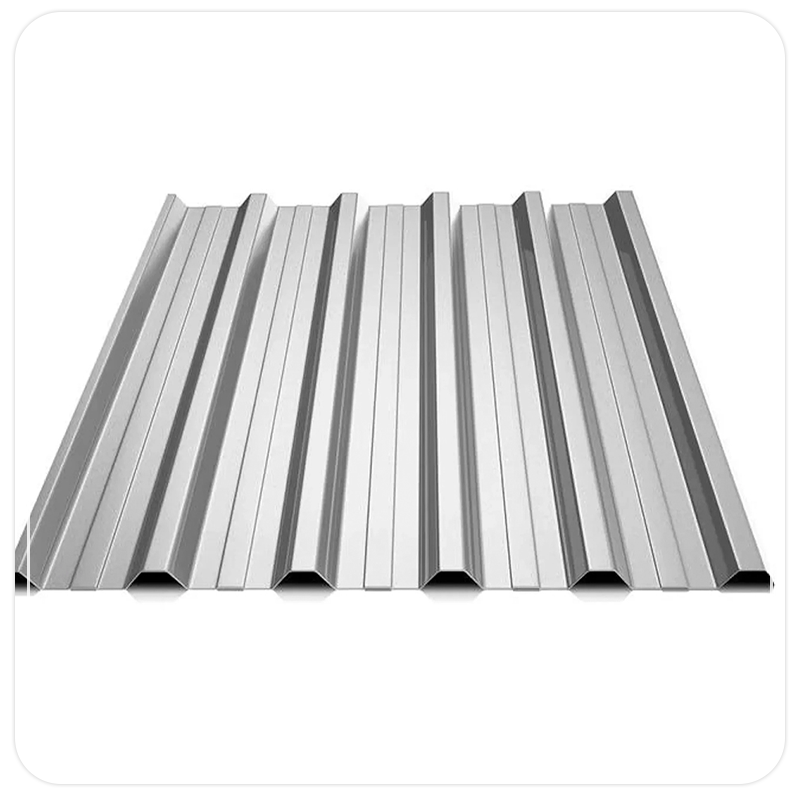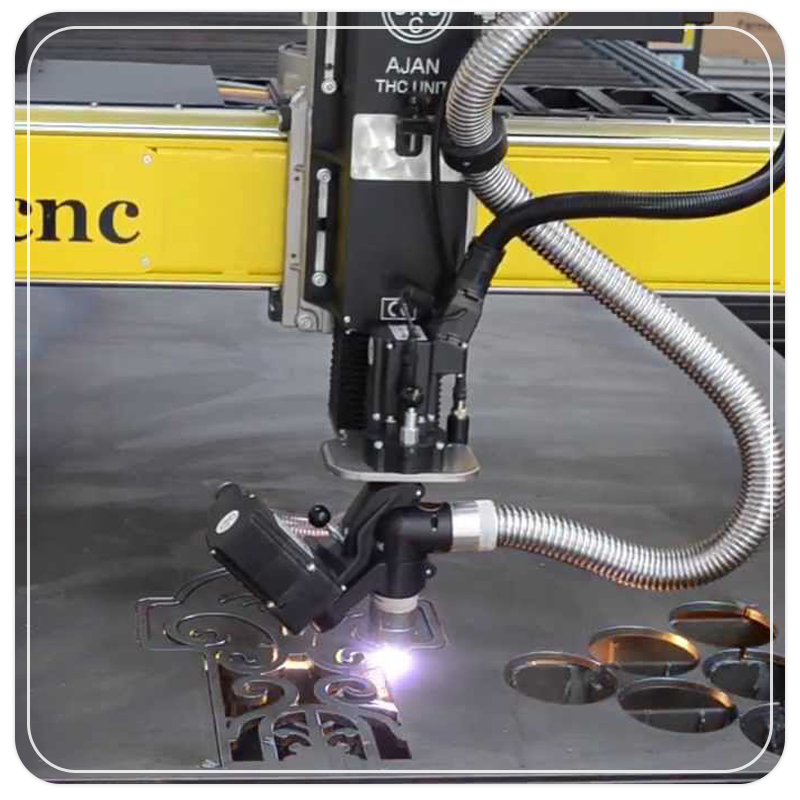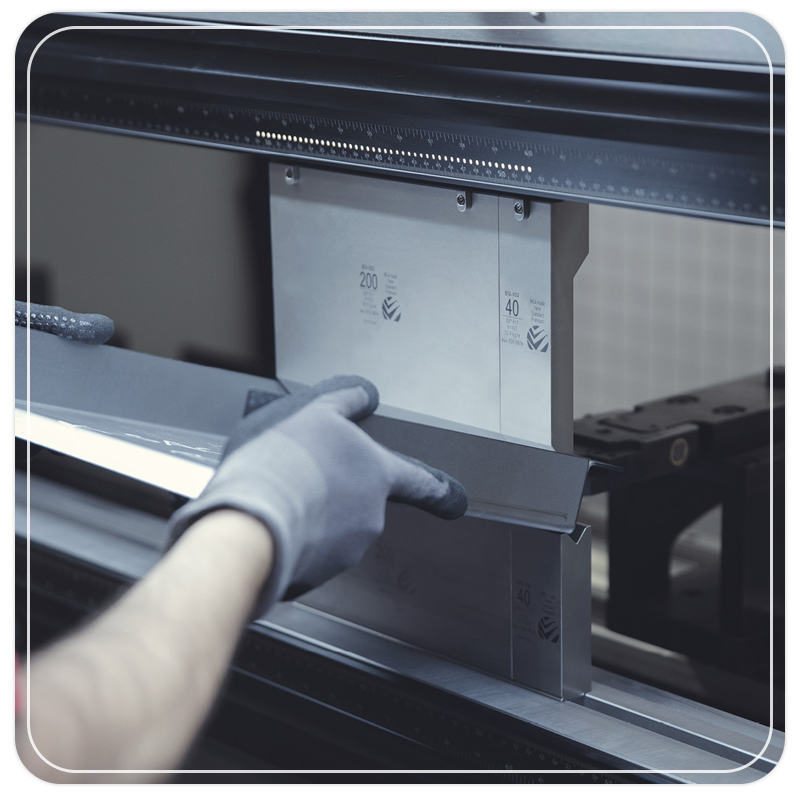Truss Beam
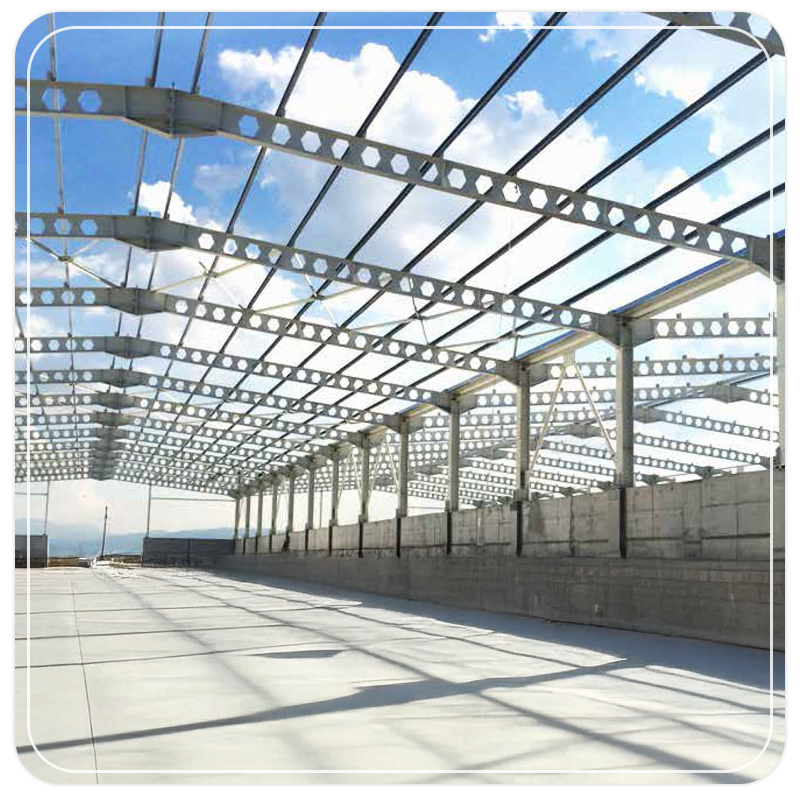
Gallery
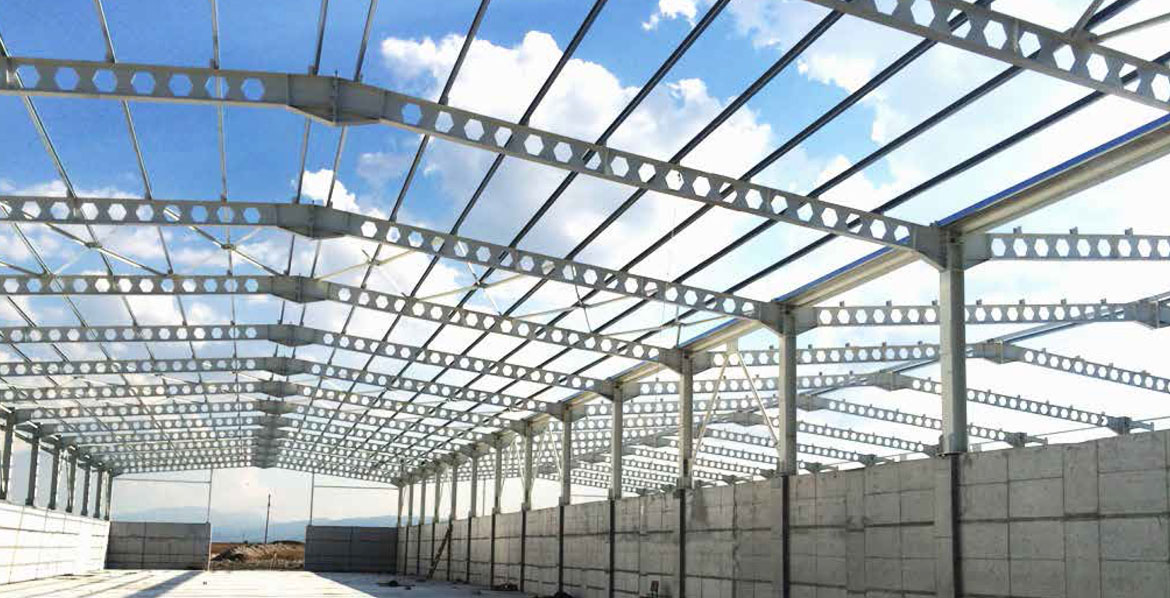
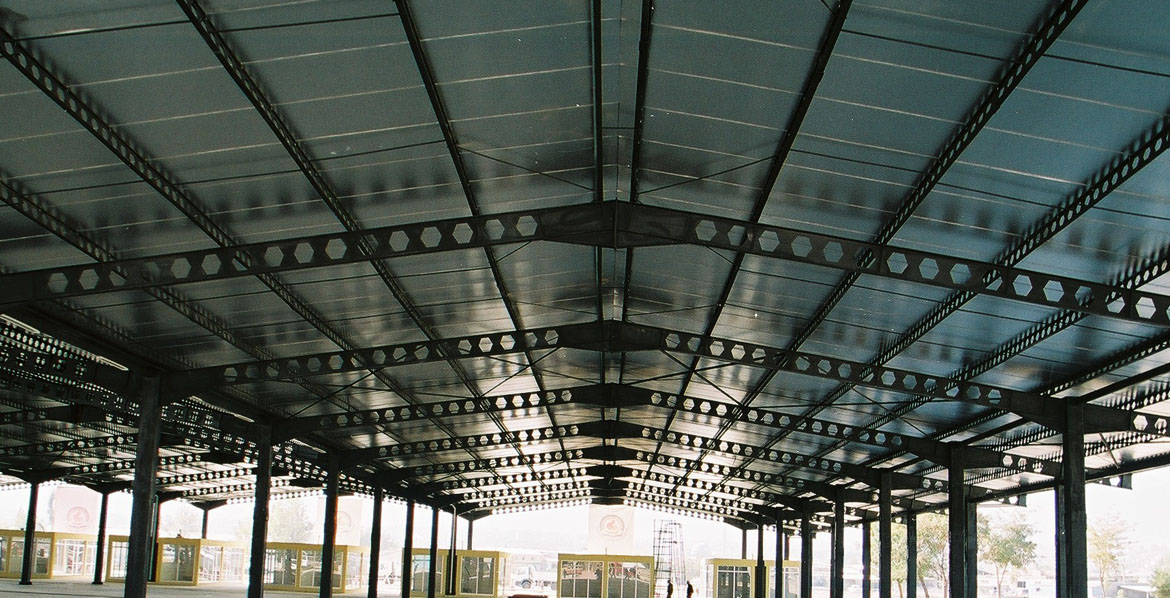
Truss Beam
Truss beams are structural elements created by welding NPI, IPE, H, and custom profiles together, used for carrying smoothly distributed loads.
Cellular sections are formed by cutting NPI, IPE, H, or fabricated profiles in a zigzag pattern along the web, offsetting the resulting two parts, and welding them back together—optionally with additional inserts—at the ends. These beams are mainly used as girders for carrying uniformly distributed loads.
With its CNC machinery and expertise, Baydemir is capable of manufacturing any type of cellular beam upon request, in accordance with standards and specific requirements.
When four segments derived from two profiles are joined in a "+" configuration, they form a section with equal moments of inertia in both directions, making them suitable for use as columns.
However, aside from this configuration, using cellular beams as columns is not recommended.
Why Choose Cellular Beams?
The primary purpose of cellular beams is to achieve equal or greater strength using lighter materials, thereby saving material.
- Cellular beams are preferred because they can provide up to 45% material savings.
- Installation labor costs for cellular beams are low.
- They offer decorative and aesthetic appeal.
- They are lightweight, which contributes to structural safety.
- They reduce the overall load acting on the main structure.
- The openings in the web allow for easy passage of MEP installations.
- They enable brighter and more spacious interiors.
- Cellular beams lower the overall construction cost.
- They allow long spans to be covered with less material.
- Cellular beams help to shorten the overall construction time.

